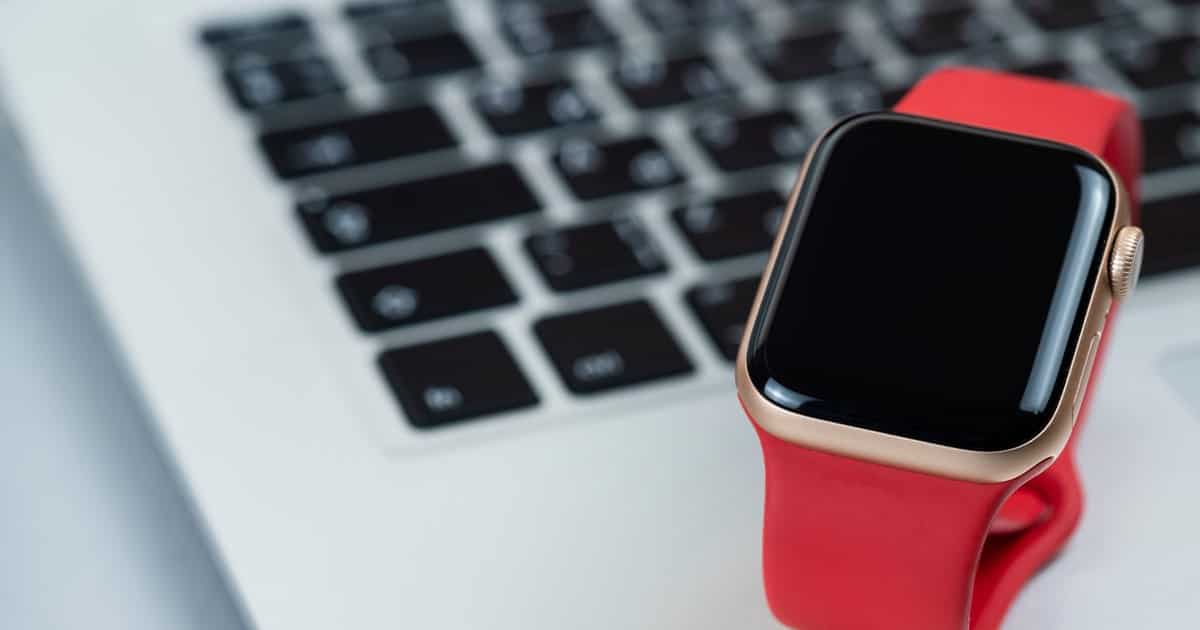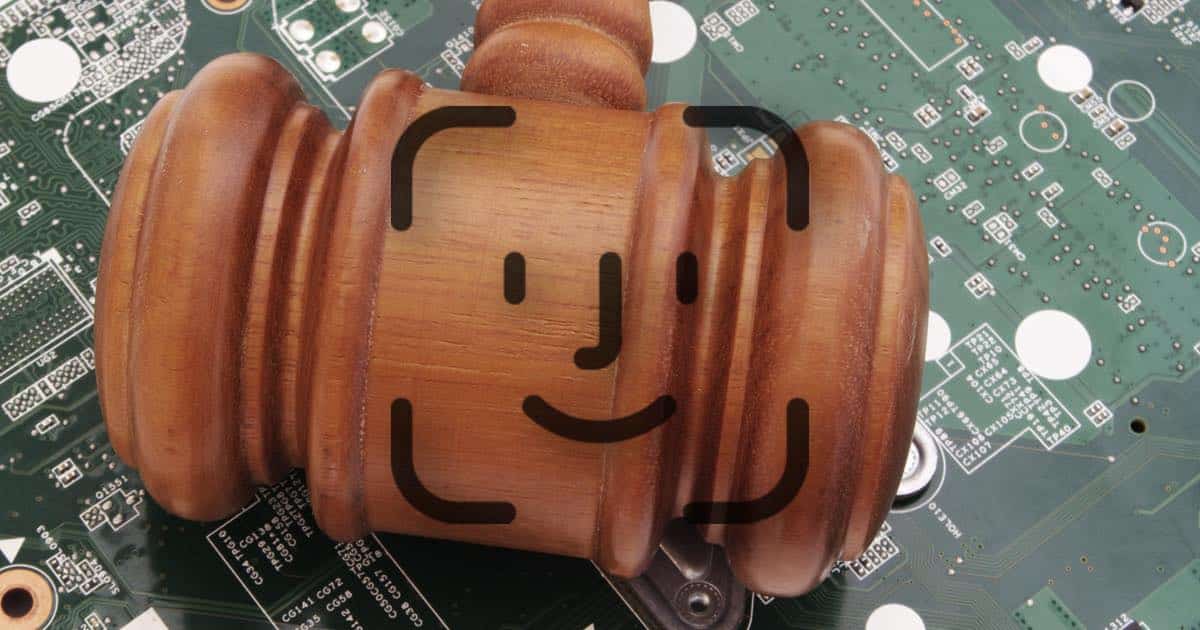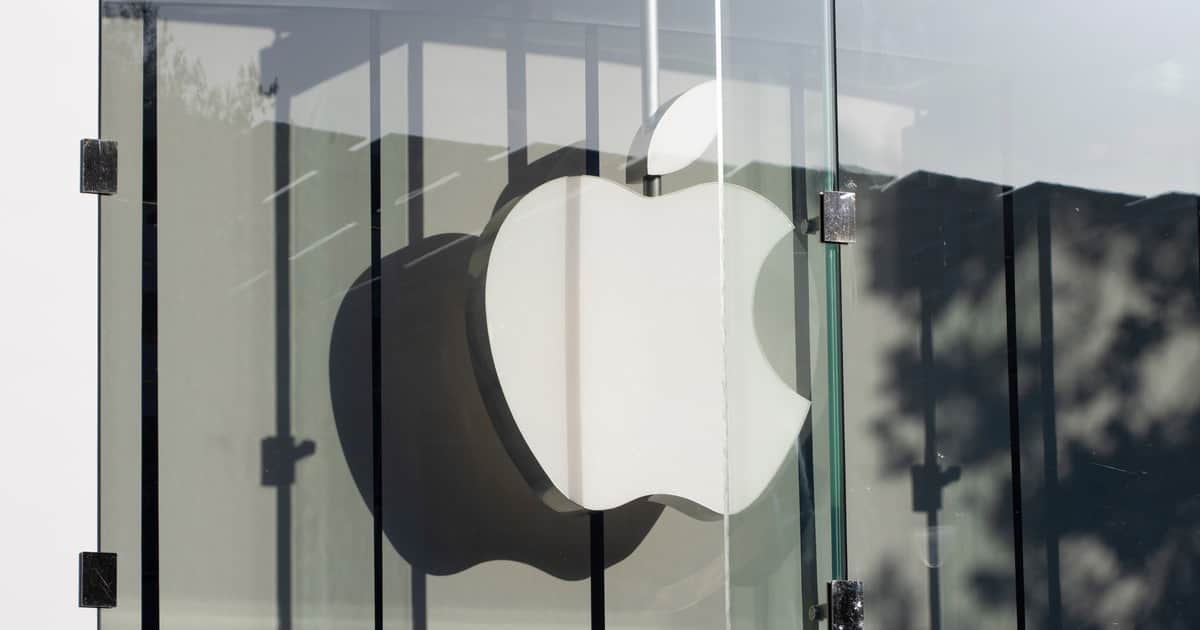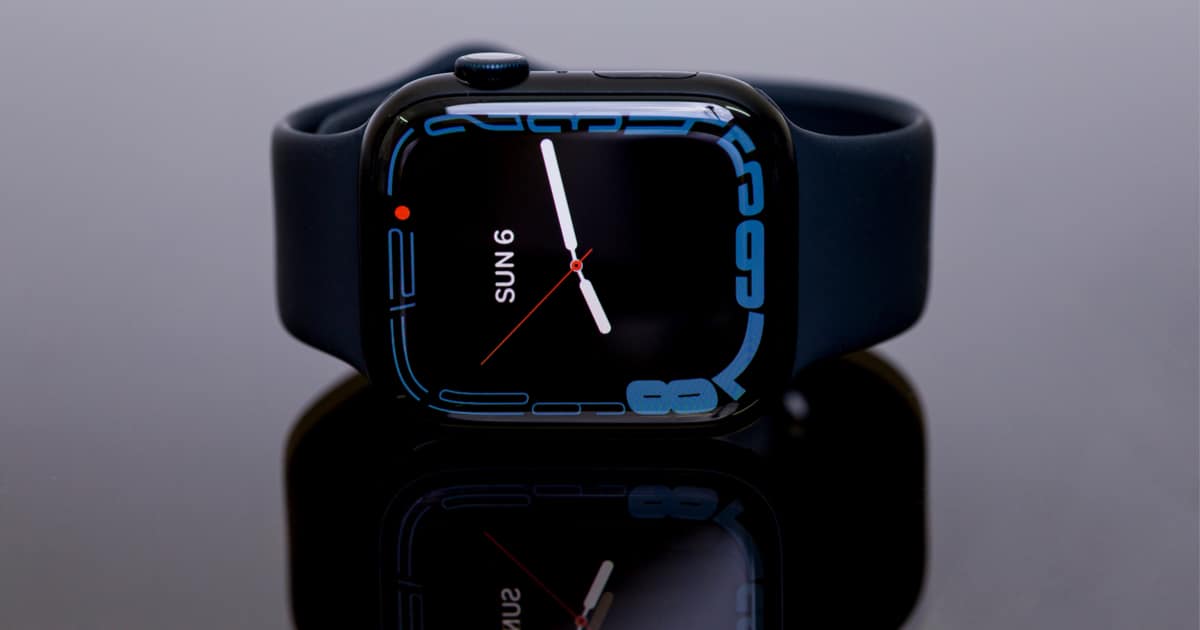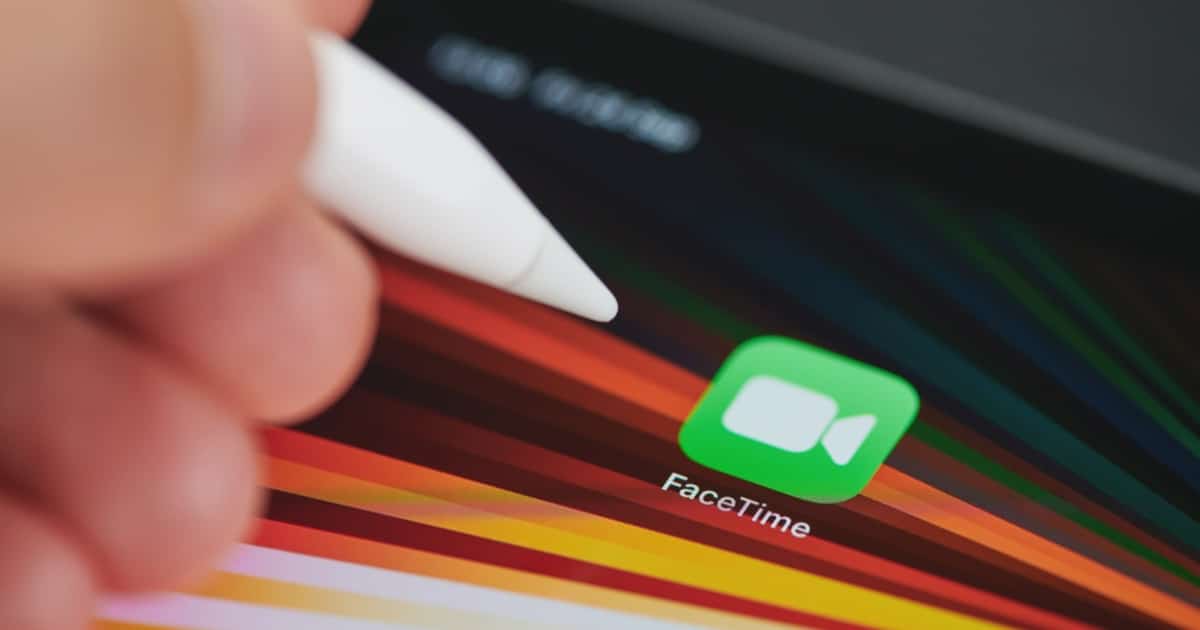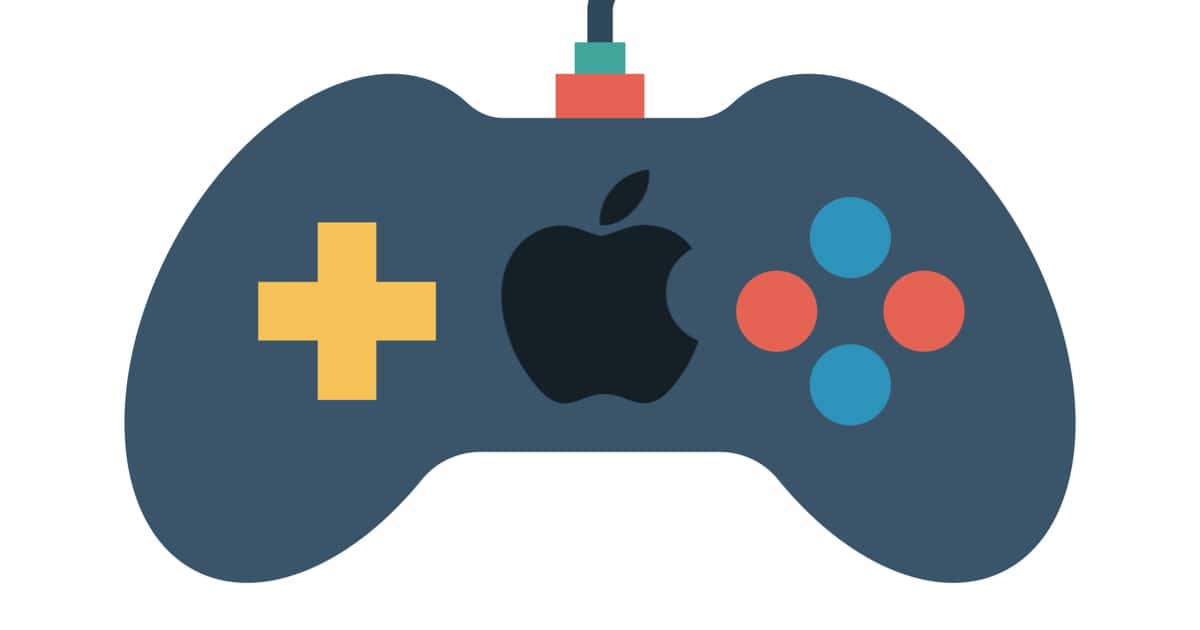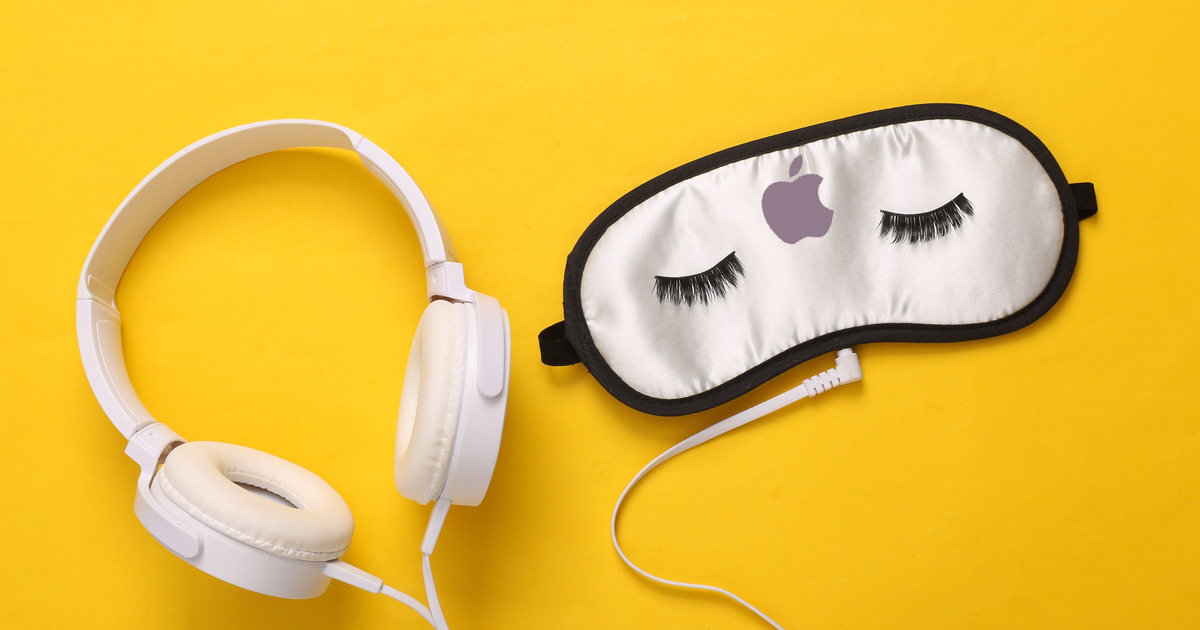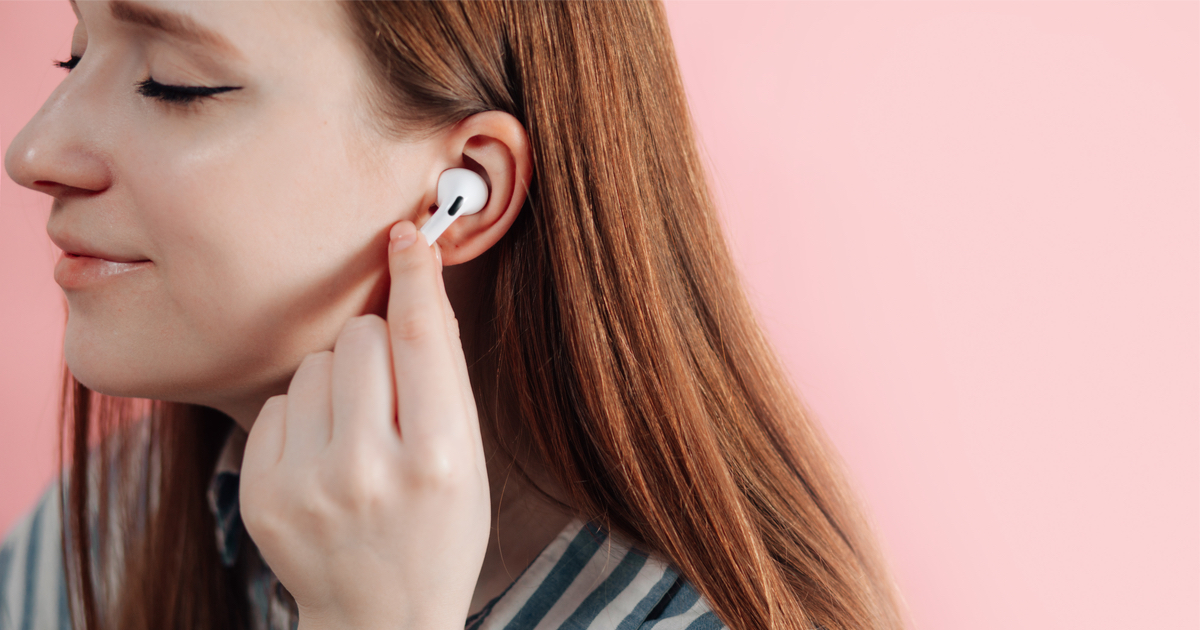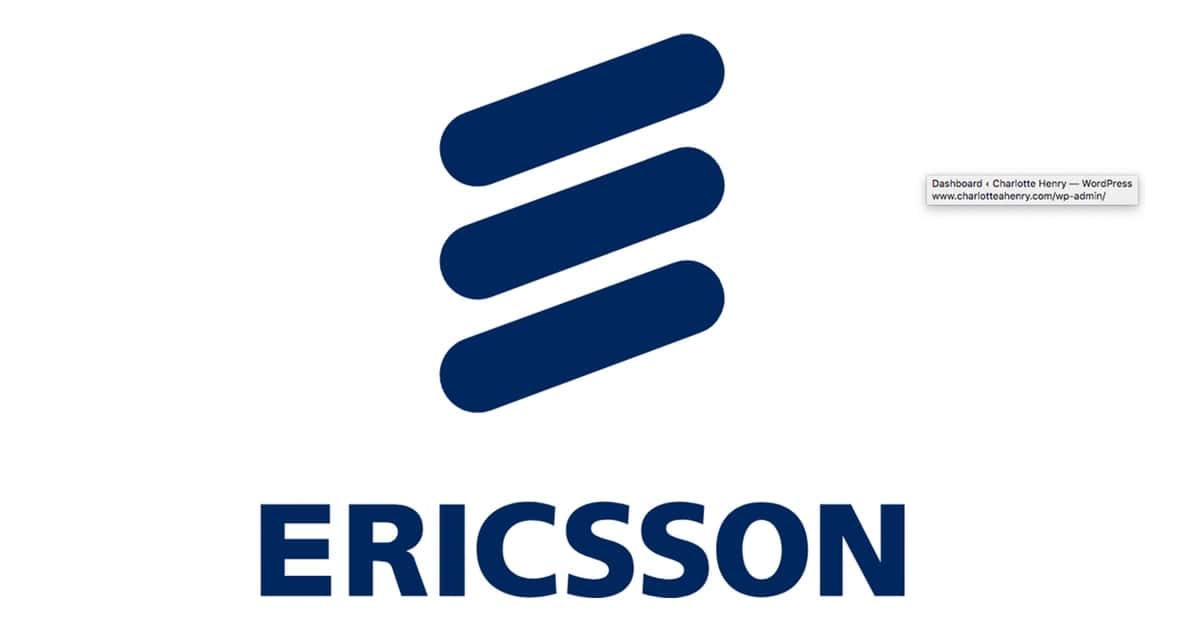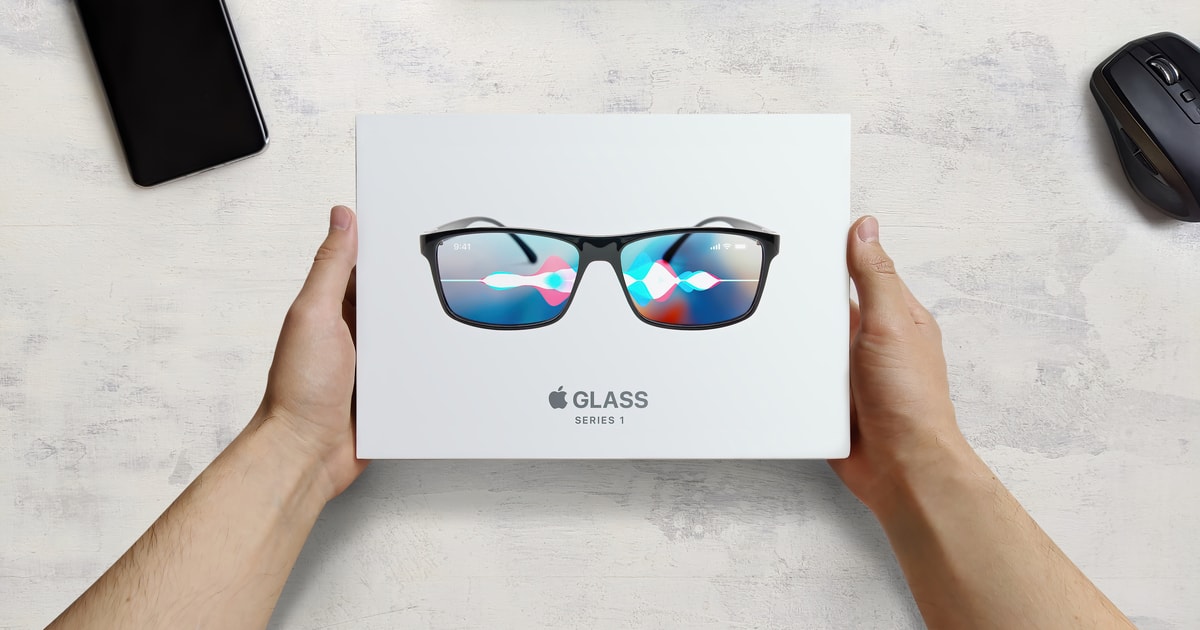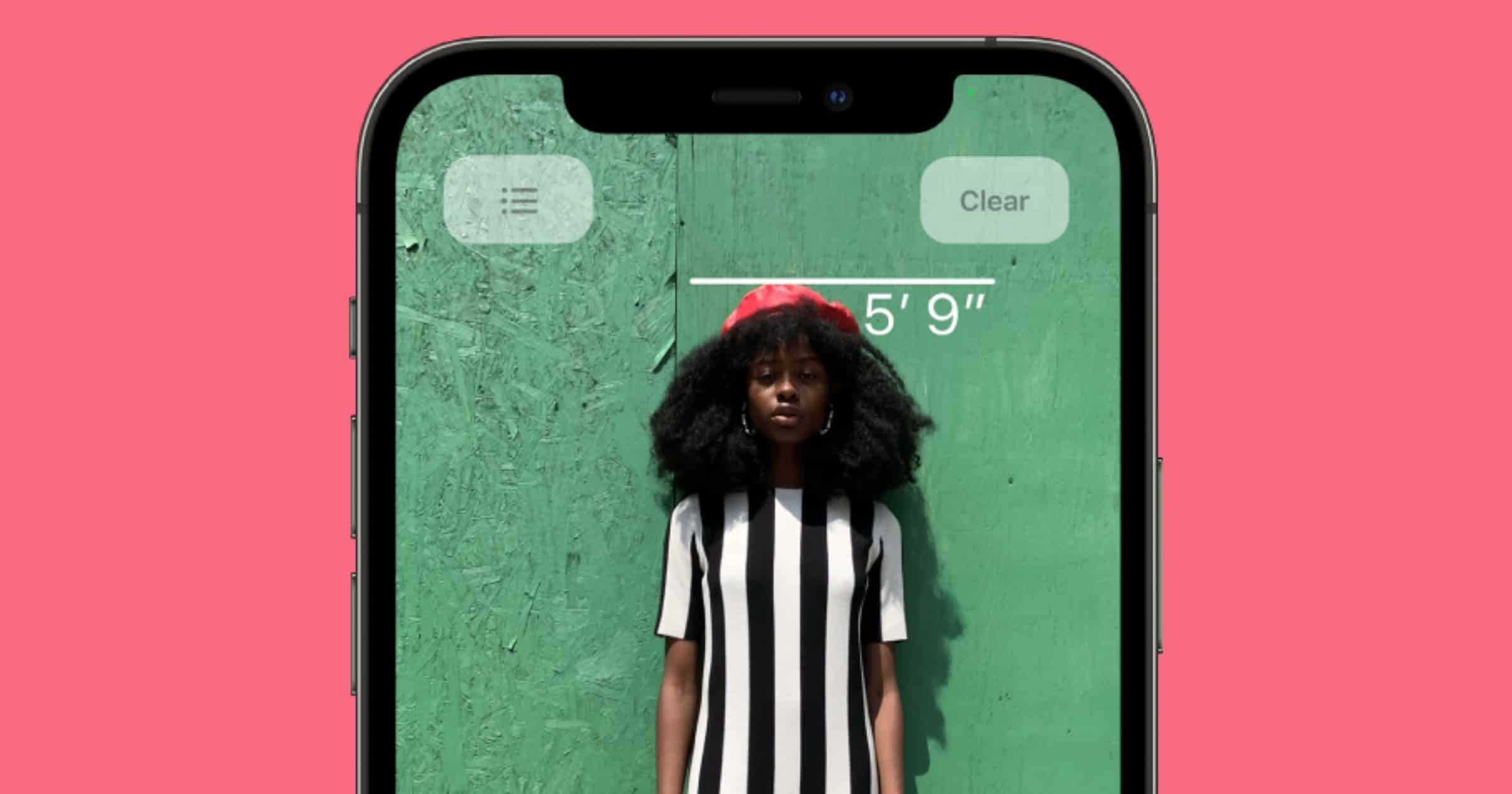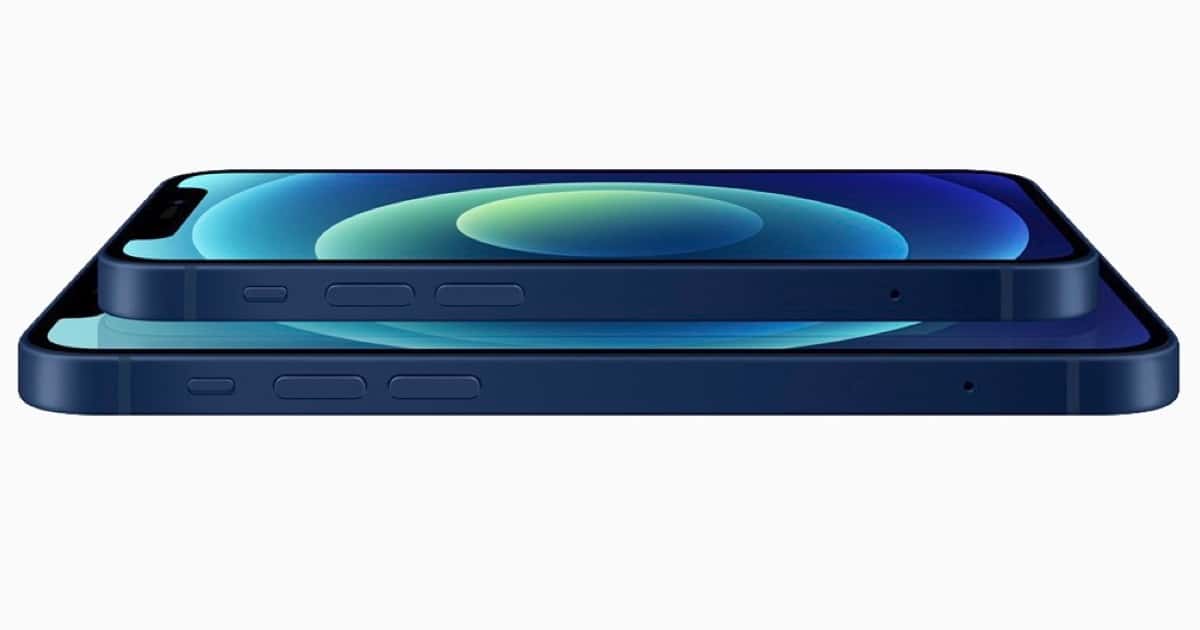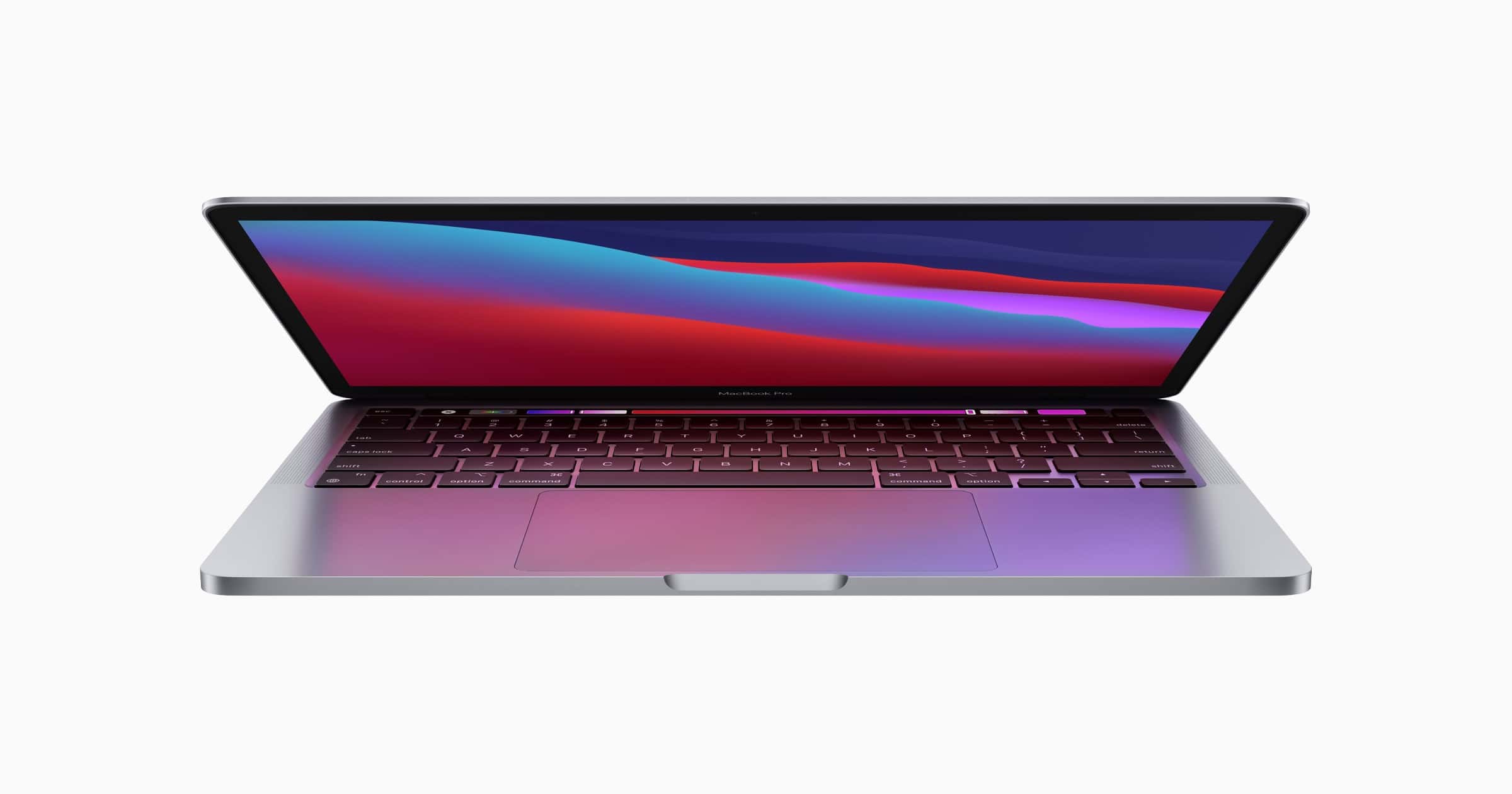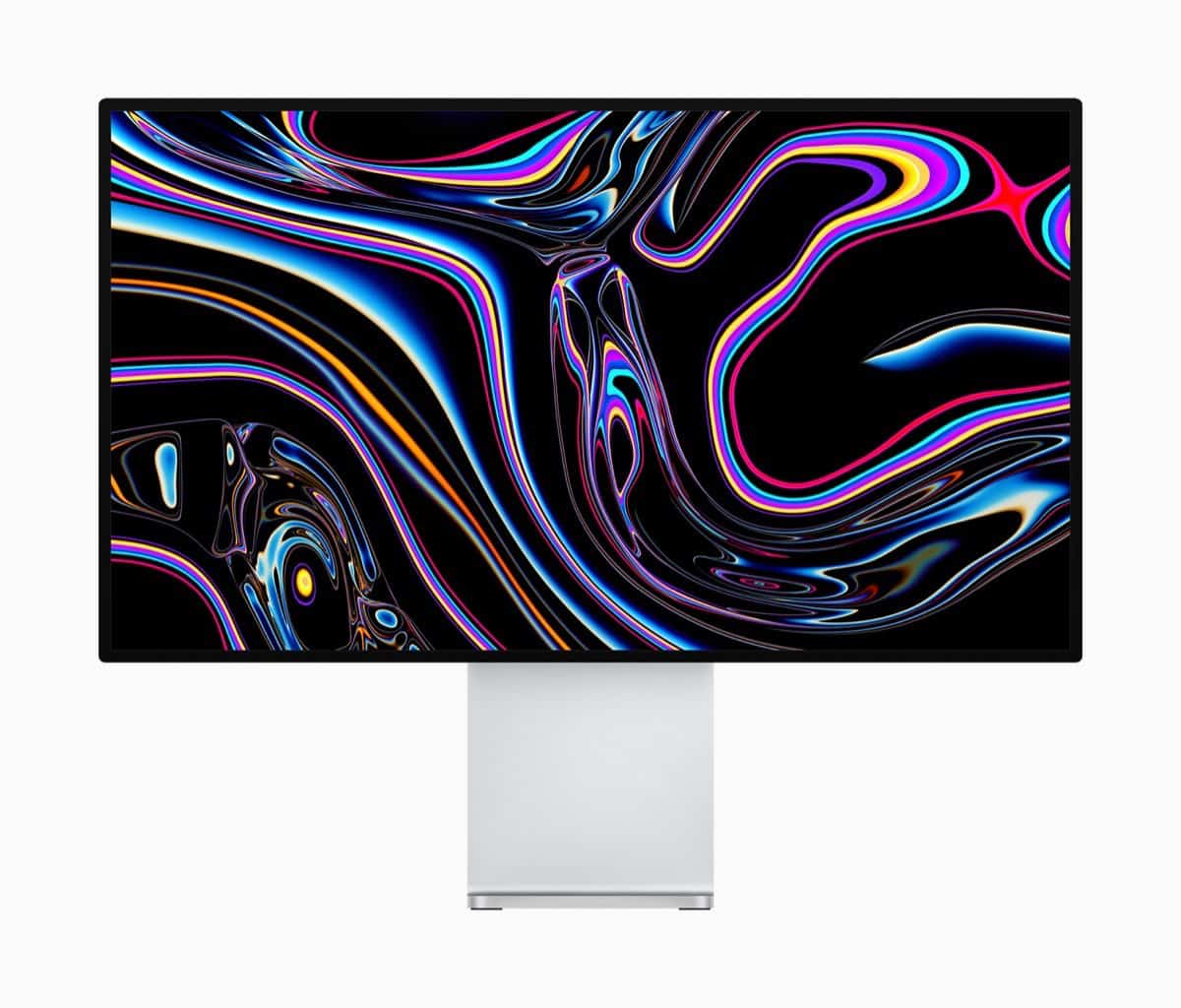A patent troll is filing a claim against Apple concerning an Auto Unlock feature. The patent in question was filed after Apple already announced the feature.
Search: patent
Apple Looking to Legally Block Patent Troll from Refiling Face ID Patent Claims
A patent troll has filed a claim against Apple regarding Face ID only to withdraw the complaint. Apple is looking to put an end to the claim.
Apple Researching Self-Cleaning for 'Apple Glass,' Files Patents
Apple is researching self-cleaning measures for Apple Glass. The company recently filed several patents in regard to this tech.
Apple Awarded Patent for Electronic Band to Enhance Apple Watch
A patent for an electronic band for the Apple Watch shows how Cupertino could greatly expand the wearable’s features and capabilities.
Apple Patent Hints at Extreme Sports Edition Ruggedized Apple Watch
A new Apple patent application suggests that a new Apple Watch geared for extreme sports use may be underway.
Patents Filed by Apple Reveal FaceTime May Receive Spatial Audio
New patents filed by Apple show that the company may be making a move toward spatial audio for FaceTime. The patents were filed last Thursday.
Apple Submits Patents For Gaming Controllers, Signals Potential for Gaming Device
Today Apple submitted patents for a series of gaming controllers. This bolsters the current rumors that Apple is entering the gaming market.
Apple Granted Patent for Sleep Mask Wearable Device
Apple was granted a patent for a sleep mask wearable device that would offer a comfortable headphone solution and light-blocking mask.
Apple, Broadcom Win Trial Against Caltech in $1.1B Patent Case
A U.S. appeals court threw out a jury verdict that ordered Apple and Broadcom to pay Caltech US$1.1 billion in damages.
Apple Patent Suggest Biometrics Could Come to AirPods
An Apple patent application indicates it may introduce biometrics to futures models of the AirPods for users authentication purposes.
Appeals Court Says Patent Lawsuit Related to iMessage Encryption Can Proceed
A US appeals court says a patent lawsuit against Apple can proceed. It upheld a decision that patents related to end-to-end encryption valid.
Ericsson Renews Legal Action Against Apple Over 5G Patents
Ericsson has filed a further set of patent infringement lawsuits against Apple as part of a legal battle over 5G patent royalty payments .
Apple Glass Patent Suggests Vision Correction
A just-granted Apple Glass patent could be excellent news for those of us who already wear prescription eyeglasses.
Another Apple Pay Patent Infringement Accusation
Patent lawsuits certainly keep Apple’s legal team busy. A Texas company has sued Cupertino over alleged Apple Pay patent infringement.
DRM Patent Claim Against Deemed Unenforceable, in Major Legal Win For Apple
Apple won a ruling in a patent-infringement trial on Friday, meaning a US$308.5 million case has been dismissed.
Patent Suggests AR Functions Coming to iPhone Measure App
Apple is looking to incorporate AR technology into the iPhone’s Measure app in a bid to improve accuracy and allow automatic annotation of the object you’re interested in. That’s according to a new patent, seen by AppleInsider.
In future, pointing your iPhone camera at an object could automatically get you an on-screen notification of its measurements. It will do it through AR, and it will do it in part through Machine Learning on different types of objects. “Automatic measurements based on object classification,” is a newly-revealed patent application. It’s concerned with how to determine which object you’re interested in, then how measure it accurately. The patent application is particularly broad, including “devices, systems, and methods that obtain a three-dimensional (3D) representation of a physical environment.” The detail generated is based on a whole series of different sensors and measurements to do with “depth data and light intensity image data.”
Patent Suggests Apple Looking to Make iPhone Display Glass Thinner
Apple is looking to make the glass used for the iPhone’s display thinner. That’s according to a patent spotted by AppleInsider.
In a patent granted by the U.S. Patent and Trademark Office on Tuesday titled “Insert molding around glass members for portable electronic devices,” Apple says you can have the same glass cover that can stick out from the rest of the enclosure like curved glass, but while also maintaining the thinness of the main glass sections across the screen. Apple’s solution is to incorporate a glass structure around the edge of where the glass cover will sit. This glass section acts as an intermediary between the main enclosure and the thin glass cover.
New Patent Reveals Future Siri Could Yell at You
As if Siri wasn’t already fun, a patent published on Thursday reveals how our favorite digital assistant could start shouting or whispering.
Future MacBooks Could Offer Multiple Haptic Areas, Patent Suggests
Upcoming MacBooks could incorporate multiple discrete haptic areas. That’s according to a new patent, spotted by Patently Apple.
Apple’s granted patent generally relates to electronic devices with one or more input areas that also function to provide spatially localized haptics via the Taptic Engine. “Spatially localized” haptics (or haptic output) generally refers to any haptic signal, e.g., haptic output, that is tactilely perceptible to a person touching a particular active region of the electronic device, but imperceptible outside that region. The surface area over which a single haptic output is perceptible is referred to as a “discrete haptic region.” There may be any number of discrete haptic regions in an input area of a laptop computing device. The discrete haptic regions may be separated from each other, or they may overlap. Either way, they remain discrete haptic regions each associated with an individual haptic actuator. An “input area” is a structure or surface configured to accept a user input.
Apple Backs 'Death Squad' Patent Board as Supreme Court Mulls Its Future
The U.S. Supreme Court is considering whether or not a system that Apple has used to invalidate hundreds of patents is constitutional.
Apple Wins a Patent for Displays with Multiple Refresh Rates
The U.S. Patent and Trademark Office has granted Apple a patent for displays with multiple refresh rate modes. It was spotted by Patently Apple.
Apple notes that displays may be operable at a native refresh rate that is equal to the highest refresh rate at which the display has full resolution. When operating at the native refresh rate, each row of pixels may be scanned sequentially. Displays may also be operable in a high refresh rate mode with a high refresh rate. In the high refresh rate mode, the display may operate at a refresh rate that is twice the native refresh rate, three times the native refresh rate, or four times the native refresh rate (as examples). The native refresh rate may be 120 Hz and the high refresh rate may be 240 Hz, as one example. The native refresh rate may be 60 Hz and the high refresh rate may be 120 Hz, 180 Hz, or 240 Hz, as another example.
Judge Denies Apple Appeal in VirnetX Patent Case
U.S. District Judge Robert Schroeder has denied Apple’s appeal to reduce a US$502.8 million patent infringement verdict.
Patent For Dual Pro Display XDR Now Published
Apple has developed a Dual Pro Display XDR. A patent for the invention, published by the US Patent & Trademark Office, was spotted by Patently Apple.
Apple’s invention covers a support stand for multiple displays. In their patent background they note that when users use multiple displays in a workspace, the displays are generally supported by multiple different individual stands or by independently-movable arms that extend from a single support point. These individual stands or arms unnecessarily take up large spaces, are often aesthetically unpleasing, overcomplicated, and have inefficient redundant mechanisms. When multiple displays are used on independent arms, they can be difficult to align in a smooth and precise way due to inconsistent counterbalancing and arm lengths. When multiple displays are used on a single support, they cannot be effectively adjusted relative to each other about a vertical axis.
Big Tech Sues Patent Office Over Legal-Related Rule
Apple, Cisco, Intel, and Google have sued the U.S. Patent and Trademark Office over it’s recent rule that it can refuse to adjudicate patent claims while litigation about them is pending in court.
The rule, which was introduced by the USPTO in March and became final in May, deals with the agency’s obligations around inter partes review (IPR) — a sort of expert-court process for assessing whether patent claims are valid. USPTO says deferring to an ongoing court case is more efficient than setting up a parallel review internally.
